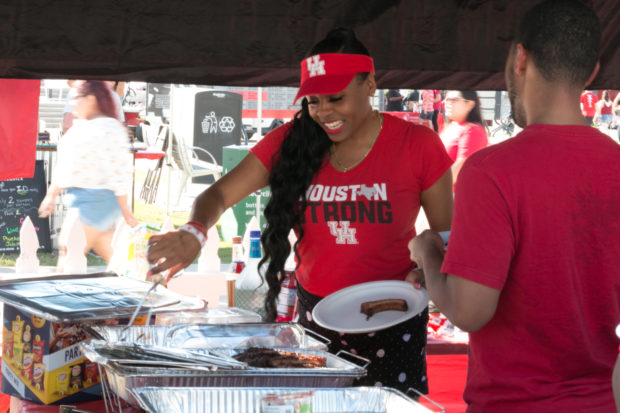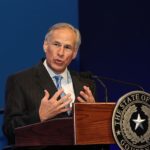
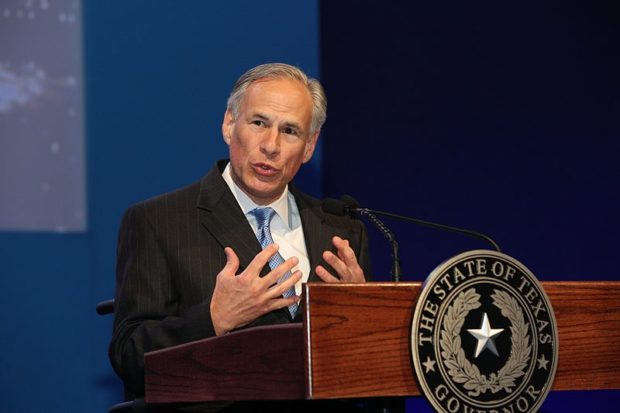
Gov. Greg Abbott’s rhetoric poisons a debate on homelessness that should focus on decriminalization. | Courtesy of World Travel and Tourism Council via Wikimedia Commons
Governor Greg Abbott said on Twitter “Austin’s policy of lawlessness has allowed vicious acts like this,” referencing a video of a man damaging a car.
The policy he spoke about was Austin’s approach to fighting homelessness. The governor was criticizing the city’s lax rules enacted to help out its homeless population. The thing was, the man wasn’t homeless.
This misconception about homeless residents being dangerous is harmful. Abbott’s rhetoric poisons a debate that should focus on decriminalization efforts. Few people experiencing homelessness are able to avoid the destructive cycle of poverty, but there is hope.
In the U.S., there are about half a million people without permanent housing. Those numbers are more pronounced in more unequal cities like San Francisco, Washington D.C. and New York City.
Texas cities have experienced incredible growth in recent years. Austin and Fort Worth rank as two of the top three fastest growing metropolitan areas in the country. Texas needs to address the problem of homelessness by passing bold, effective solutions.
In the traditional view of ending homelessness, policymakers and residents tend to see housing as a reward, with housing gained only after the person has reached a stable enough place in their lives to afford a place to live long term.
This is what’s known as the staircase model, a step-by-step path through temporary housing on the way to permanent accommodations. Houston is a city that follows this model, but it’s an ineffective tactic because it doesn’t do enough to create the housing the city needs.
In Austin, hostile lawmakers have battled over anti-camping ordinances and sidewalk bans. Abbott continues to threaten the homeless population, but his hostility misdiagnoses the problem.
We know that without institutional support at each step, too many people fall through the cracks. Luckily, a few cities around the world provide a roadmap for how Texas can make a difference in the fight against homelessness.
In Helsinki, they’ve flipped the paradigm of the homelessness path and instituted the Housing First principle. This move ends the expectation that housing is conditional. In turn, they have gotten rid of many short-term shelters in favor of thousands of permanent housing units.
The result has been a 35 percent reduction of the long-term homeless population, and Finland is the only country in the EU where homelessness is on the decline.
With the stability that comes from having a place to stay long term, homeless residents can actually get back on track.
In San Diego, lawmakers have set out to accomplish the lofty goal of cutting street homelessness in half. Homelessness among veterans and youth would end in the next three years — the Finns would likely applaud this move.
The plan is to spend close to $2 billion on housing and homeless services. They’ll also ask residents to buy-in early so they have a say in what happens in their communities. The same is happening in New York City.
Public buy-in is a key rule when proposing homeless solutions. In Seattle, a proposed “head tax” would have taxed employees of some of the city’s richest companies. It was passed then repealed after public pressure and Amazon stepped in to kill the measure.
Solutions to ending homelessness are complex. We know when all stakeholders aren’t considered, problems are bound to arise. Criminalization of homelessness is a wrong step. It puts more risk of danger on those who have to experience the criminal justice system.
There’s no one-size-fits-all solution to ending homelessness, and demonizing people doesn’t help. Each city has to address its own needs, but there are some practical places to start. Everyone would be better off if Texas became a leader in solving this problem for good.
Drew Jones is a print journalism senior and can be reached at opinion@thedailycougar.com
—
“Texas leaders need to be serious about ending homelessness. Here’s how they can do it” was originally posted on The Daily Cougar




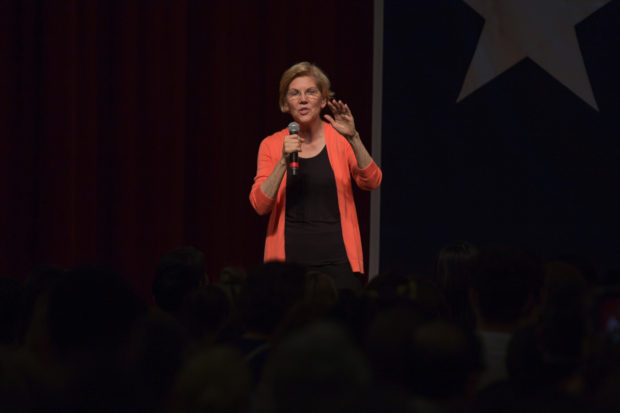


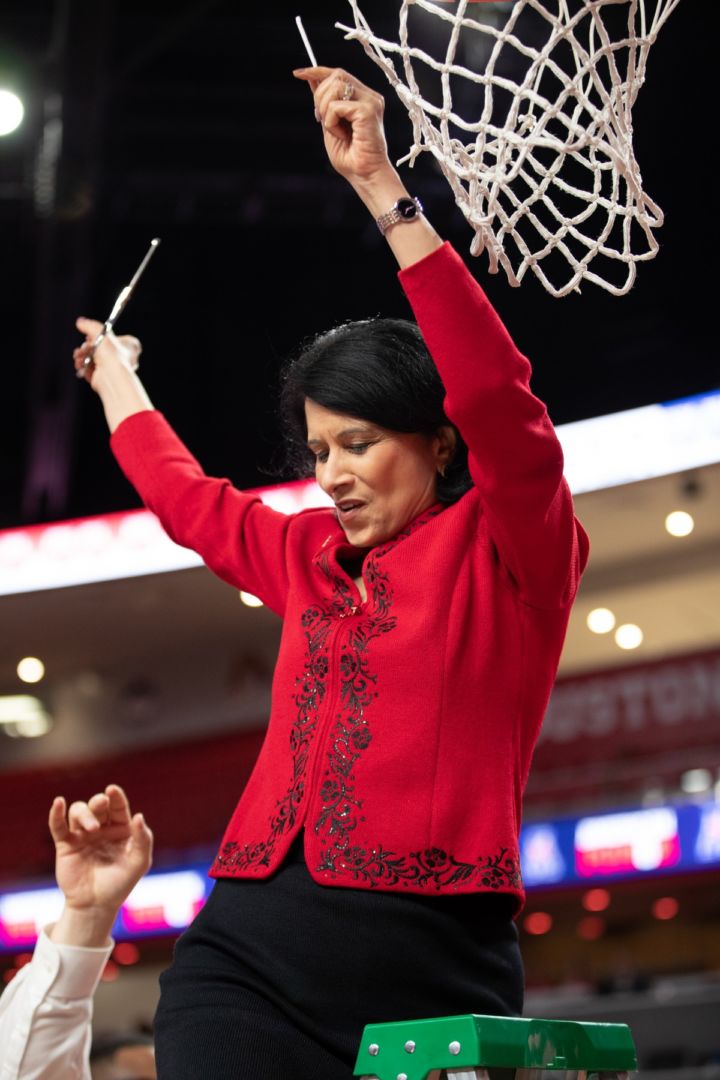

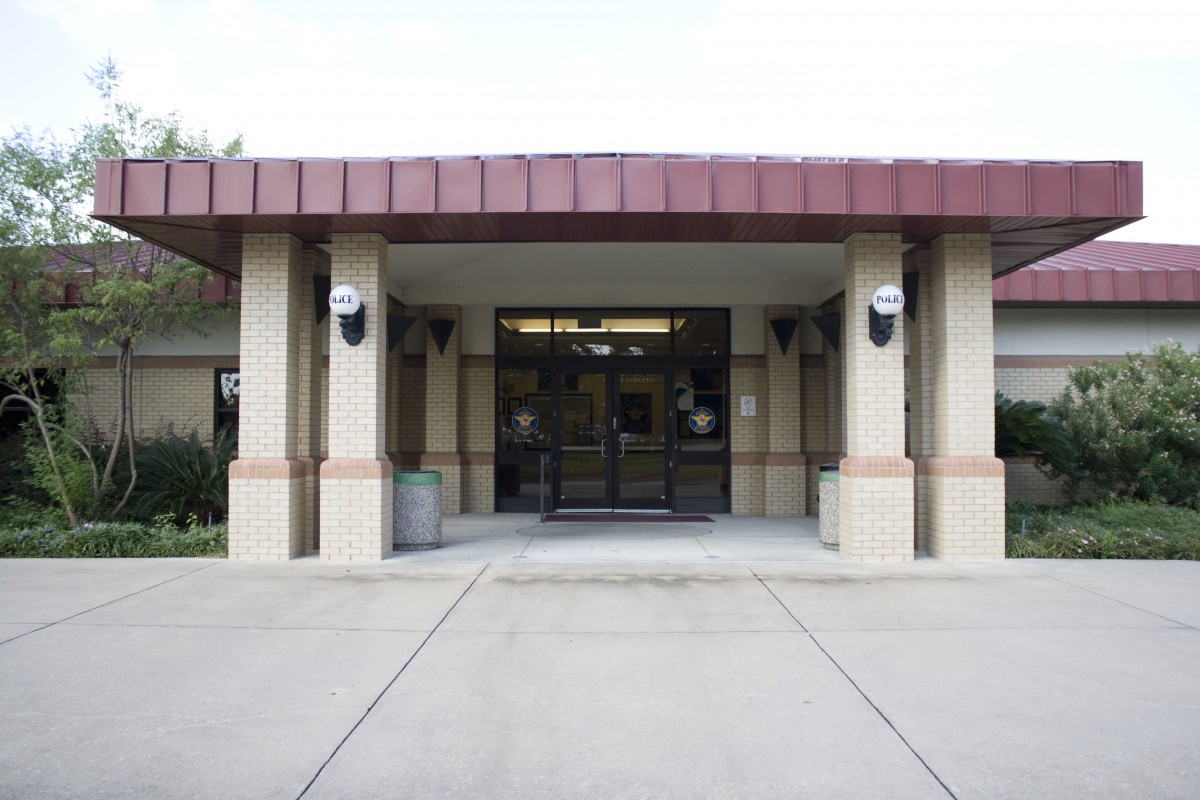

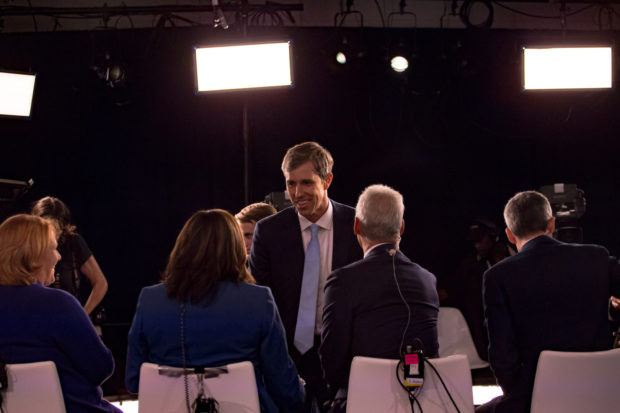


 (@tony_alebesun)
(@tony_alebesun) 
